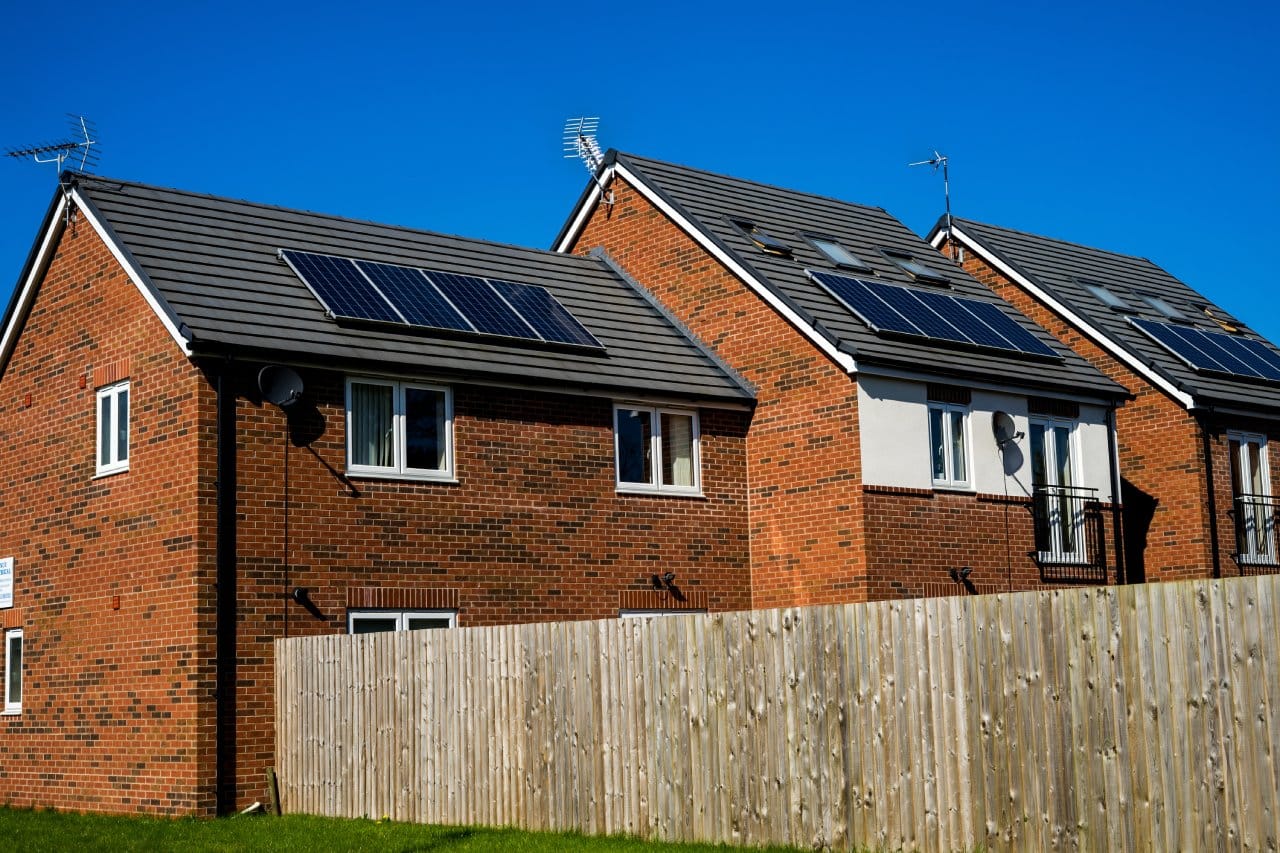Disclosure: FMB Home Picks is committed to delivering independent advice and reviews on home products and services. When you purchase through links on our site, we may earn an affiliate commission. Learn more Contact us.

Increasingly, homeowners are installing solar panels as money saving solutions to the energy crisis (Image credit: Adobe)
Homeowners worried about the hike in electricity prices have driven the solar panels market up by 10%, according to property expert Savills. As part of his Autumn Statement, Chancellor Jeremy Hunt announced that the typical UK household would see electricity bills soar from £2,500 a year to over £3,000, with fewer cost-of-living payments to support struggling families. This has led homeowners to seek money-saving alternatives to supplied electricity, with many turning to solar installations as an effective solution.
Around 3,500 solar panel installations – a rise of 110,00 in the year to the end of September 2022 – are now taking place every week across the UK by homeowners wanting to save money on their energy bills. In some cases, those savings could be as much as £1,200 a year, or more if you use your electricity for heating. Added to this is the then Chancellor of the Exchequer Rishi Sunak’s announcement in his 2022 Spring Statement that there would be zero VAT on solar installations until 2027, meaning the breakeven point drops to around four to five years.
Solar panels also reduce the impact of the UK’s potential planned winter power cuts. These three-hour blackouts could take place in the morning or evening in an attempt to overcome the country’s gas shortage. Although adding a solar storage battery to your system increases the overall cost by around £1,800 upwards, the stored electricity should negate any disruption from the power cuts, provided your battery has a back-up power function.
Removing the reliance on expensive and ecologically damaging fossil fuels whilst using free and available energy has always made renewables an attractive option for homeowners. Solar panels retrofitted to a roof space convert free energy from the sun into electricity to power your home. This means that after the initial costs are met, the electricity itself costs nothing. There are also additional savings to be made by selling surplus electricity back to the grid. Although the tariffs paid don’t always match the price customers pay for energy, suppliers can pay upwards of 15p per kWh.
A typical three-bedroom household with a 3.1kWp system costing around £5,000 can significantly reduce the reliance on supplied electricity. By using energy-hungry appliances during the day – most have in-built timers if no one is at home – the electricity used overnight is minimal. Solar panels do not generate power during the night, so by keeping nighttime demand low, supplied electricity from the National Grid adds very little to your monthly bills. However, the investment in a solar storage battery removes even that cost, allowing you to store unused energy until it’s required.
As part of the government’s drive to cut carbon emissions, several grant and loan schemes are available to eligible households, helping to make the switch to energy-saving home improvements more affordable.
Many residential properties in the UK are of pre-war construction, with 85% having an Energy Performance Certificate (EPC) of D or below, says Savills’ head of research Lucian Cook. The addition of solar panels can add between 10 and 15 points to your property’s EPC rating, taking many homes into the band above. This saves money on energy bills and increases your property’s value when it comes to the sales or rental markets.
When purchasing solar panels, it’s essential to do your research, understand exactly what you’re looking for in a solar system and ask several installers to provide quotes.
By targeting energy-saving solutions such as solar panels, you’ll save money on your electricity bills while future-proofing the value of your home.